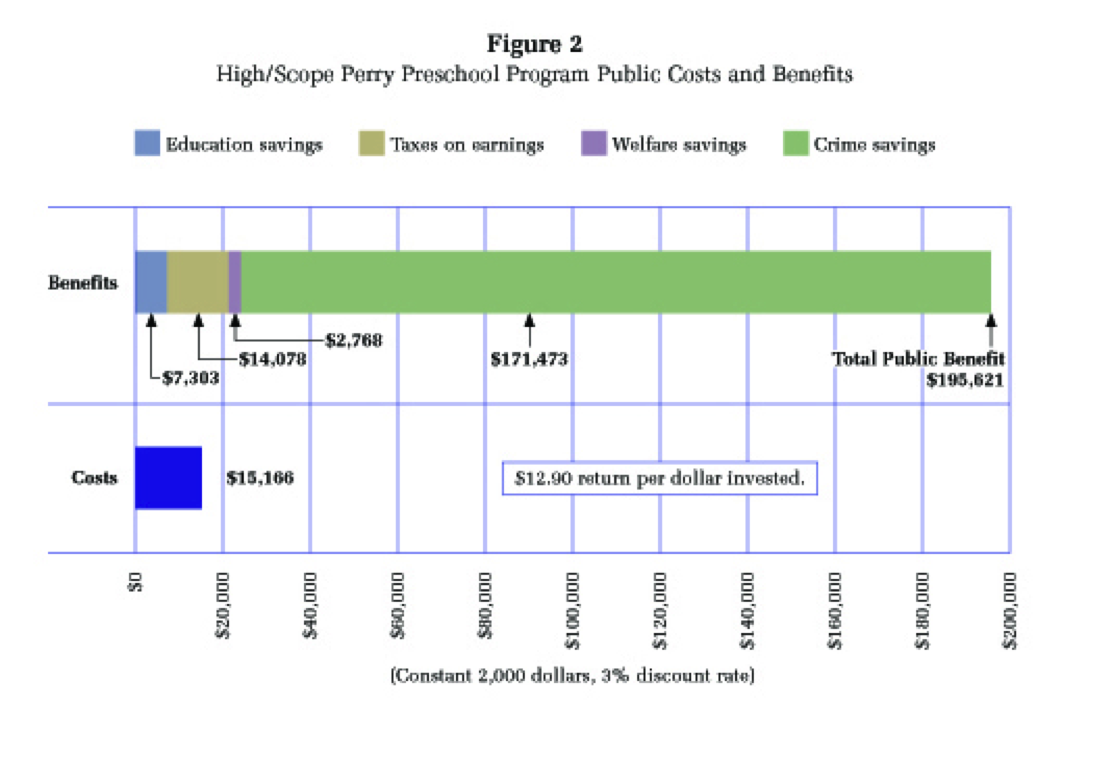A battle has raged on between Seattle lawmakers and Seattle unions, AFT Washington and SEIU Local 925, for months now – so what’s it all about? Preschool. Might not be what you were expecting. By November 4th, voters will have to decide between two options on the ballot that both have to do with the child care industry. Here’s the thing, only one can get passed.
Prop 1A, backed by AFT Washington and SEIU 925, aims to improve working conditions by raising wages and creating a new training institute for child-care workers, while also limiting costs of pre-K to 10% of a family’s income.
Prop 1B, proposed by City Council and the Mayor, wants to take a first step towards creating a universal Pre-K by subsidizing Pre-K costs for families earning up to 300% of the federal poverty line.
They say the devil’s in the detail, so what’s the catch?
Currently, the main issue is that no one has any idea how much Prop 1A will cost. Prop 1B aims to serve 2,000 3- to 4-year olds through a $58 million property tax levy over 4 years, but Prop 1A estimates have huge ranges! The Prop 1A campaign says it will cost about $3 million. The Prop 1B campaign says Prop 1A could cost $100 million. That’s a pretty big difference.
So how can there be such a huge difference between the two budgets?? The problem is that no one can really know how much Prop 1A will cost, because no one knows how the wording will be interpreted in court. There’s no way to know if pieces of the measure will be viewed as mandatory or aspirational. (For an in-depth look into the financials of Prop 1A check out Publicola’s recent article on the subject.)
So why is preschool so important?
The leading study on preschool is currently the Perry Preschool Project. This study took a group of kids from Ypsilanti, Michigan and put half of them in a preschool program and the other half didn’t go to preschool. They did this for groups of kids from 1962-1967. They studied these kids for several decades and found amazing results.
By age 40 the kids who had gone to preschool were 19% less likely to have been arrested 5 or more times, and were 20% more likely to earn and additional $20K. Participants were also 17% more likely to graduate high school.

This all adds up to an amazing public return as shown below.

If you can’t read the small print, that’s $12.90 return per dollar invested!
In summary:
Pros of 1A:
- Sets a $15 minimum wage for child-care workers (3-year phase-in)
- Certified training is required for child-care workers
- Set’s the cost of child-care to a maximum of 10% of family income
Cons of 1A:
- Budget is completely unknown due to lack of funding mandate
- Does not currently guarantee any number of additional Pre-K students
Pros of 1B:
- Subsidizes Pre-K for families earning up 300% of the federal poverty line
- Aims to guarantee Pre-K for additional 2,000 3- to 4-year-old students
- Set budget of $58 million over 4 years via Property Tax Levy
Cons of 1B:
- Serves only 6.7% of Seattle children under 5-years-old.
- Higher property taxes
No matter what happens the hope is to get more kids into preschool. That would be an awesome step for Seattle to take!
And, as always, don’t forget to VOTE!
This blog post was written by Tatum McConnel, sophomore at the Seattle Academy and Communications Coordinator with the 2014 Fall Internship.
